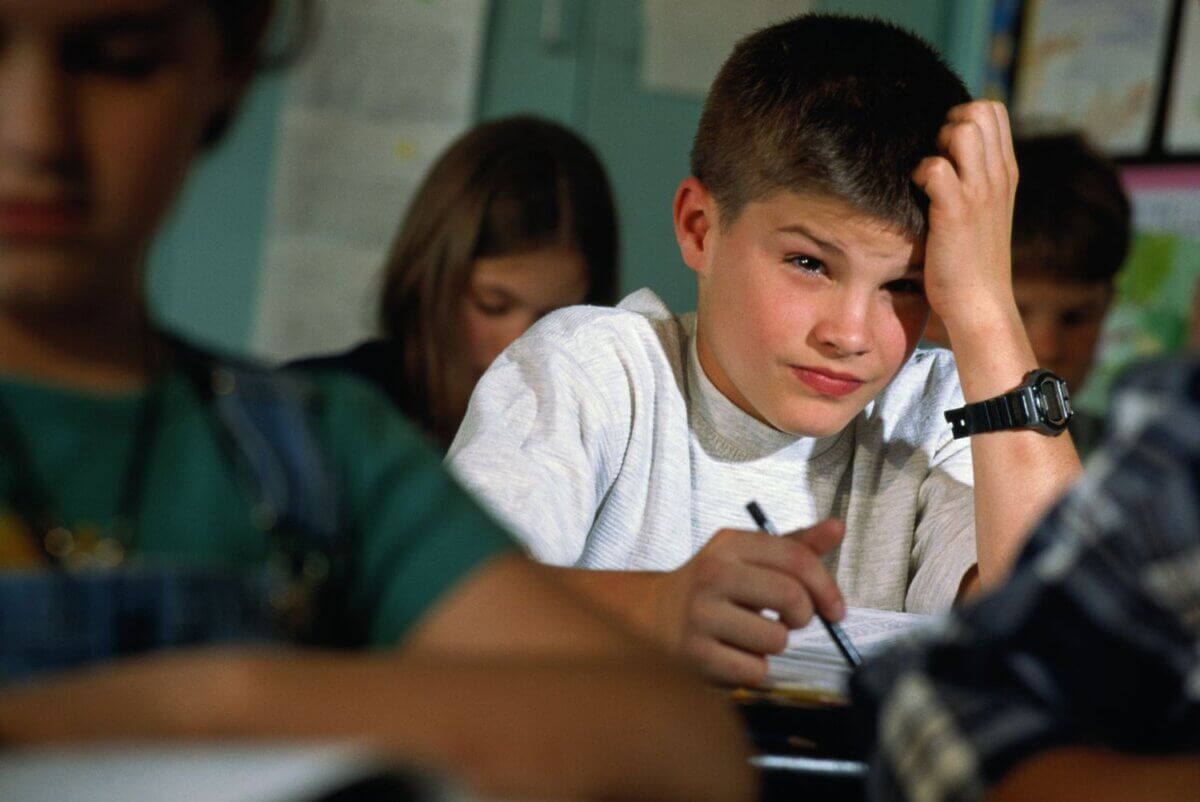News
Build Relationships with Difficult Students
What if all teachers knew how to build relationships with difficult students?
At Hartwell The Educators University, we believe that every child deserves to be understood and supported, especially those who exhibit challenging behaviors. Our graduates are trained to recognize that these behaviors often stem from personal situations that students face outside the classroom. By equipping teachers with the skills to build meaningful relationships with these students, we can transform classroom dynamics and promote a positive learning environment for all.
Understanding the Root Causes of Difficult Behaviors
Research shows that disruptive behavior in students is frequently a manifestation of underlying issues such as trauma, stress, or unmet needs (National Child Traumatic Stress Network, 2014). When teachers understand and address these root causes, they can respond to students with empathy rather than frustration. For instance, a study by Cook, Williams, Guerra, Kim, and Sadek (2010) found that teachers who used trauma-informed practices saw a significant decrease in behavioral issues and an improvement in student engagement.
The Power of Positive Teacher-Student Relationships
Positive relationships between teachers and students are critical for effective classroom management and student success. According to a meta-analysis by Roorda, Koomen, Spilt, and Oort (2011), strong teacher-student relationships are associated with higher levels of student motivation and academic achievement. These relationships also help reduce the occurrence of disruptive behaviors, as students are more likely to respond positively to teachers they trust and respect.
Evidence-Based Strategies for Building Relationships
Consistent and Predictable Interactions: Establishing a consistent and predictable classroom environment helps students feel safe and secure. Predictability reduces anxiety and allows students to focus on learning rather than anticipating potential stressors (Hammond, 2015).
Active Listening and Empathy: Teachers who practice active listening and show empathy towards their students create an atmosphere of trust. This approach involves validating students’ feelings and experiences, which can significantly reduce behavioral issues (Jennings & Greenberg, 2009).
Positive Reinforcement: Reinforcing positive behavior through praise and rewards encourages students to continue exhibiting desired behaviors. This technique not only improves behavior but also enhances the overall classroom climate (Simonsen, Fairbanks, Briesch, Myers, & Sugai, 2008).
Culturally Responsive Teaching: Recognizing and respecting students’ cultural backgrounds helps in building strong relationships. Culturally responsive teaching practices acknowledge the unique experiences of each student and integrate them into the learning process (Gay, 2018).
The Impact on Student Outcomes
When teachers are equipped with the skills to build relationships with difficult students, the impact on student outcomes is profound. Students feel more connected and supported, leading to improved academic performance and reduced dropout rates (Balfanz, Herzog, & Mac Iver, 2007). Moreover, a positive classroom environment benefits all students, creating a space where everyone can thrive.
About Hartwell – The Educators University
Hartwell is dedicated to empowering K-12 education leaders by fostering the growth of their people into competent and compassionate educators and leaders. Our mission is to ensure every child is taught by educators trained from a biblical worldview, emphasizing both excellence and empathy. Through our affordable online pathways to education degrees, we make careers in K-12 education accessible to everyone, enabling a new generation of teachers and leaders to inspire and educate future generations.
Discover more about our programs and scholarship opportunities at Hartwell.
References
Balfanz, R., Herzog, L., & Mac Iver, D. J. (2007). Preventing student disengagement and keeping students on the graduation path in urban middle-grades schools: Early identification and effective interventions. Educational Psychologist, 42(4), 223-235. https://doi.org/10.1080/00461520701621079
Cook, A., Williams, R., Guerra, N., Kim, T., & Sadek, S. (2010). Predictors of bullying and victimization in childhood and adolescence: A meta-analytic investigation. School Psychology Quarterly, 25(2), 65-83. https://doi.org/10.1037/a0020149
Gay, G. (2018). Culturally responsive teaching: Theory, research, and practice (3rd ed.). Teachers College Press.
Hammond, Z. (2015). Culturally responsive teaching and the brain: Promoting authentic engagement and rigor among culturally and linguistically diverse students. Corwin Press.
Jennings, P. A., & Greenberg, M. T. (2009). The prosocial classroom: Teacher social and emotional competence in relation to student and classroom outcomes. Review of Educational Research, 79(1), 491-525. https://doi.org/10.3102/0034654308325693
National Child Traumatic Stress Network. (2014). Creating, supporting, and sustaining trauma-informed schools: A system framework. Retrieved from https://www.nctsn.org/resources/creating-supporting-and-sustaining-trauma-informed-schools-system-framework
Roorda, D. L., Koomen, H. M. Y., Spilt, J. L., & Oort, F. J. (2011). The influence of affective teacher-student relationships on students’ school engagement and achievement: A meta-analytic approach. Review of Educational Research, 81(4), 493-529. https://doi.org/10.3102/0034654311421793
Simonsen, B., Fairbanks, S., Briesch, A., Myers, D., & Sugai, G. (2008). Evidence-based practices in classroom management: Considerations for research to practice. Education and Treatment of Children, 31(3), 351-380. https://doi.org/10.1353/etc.0.0007

